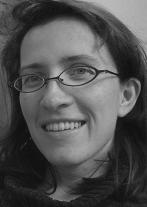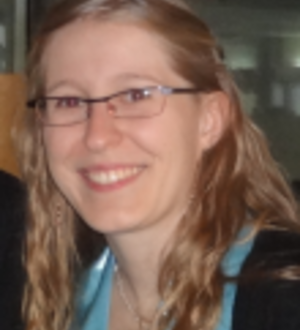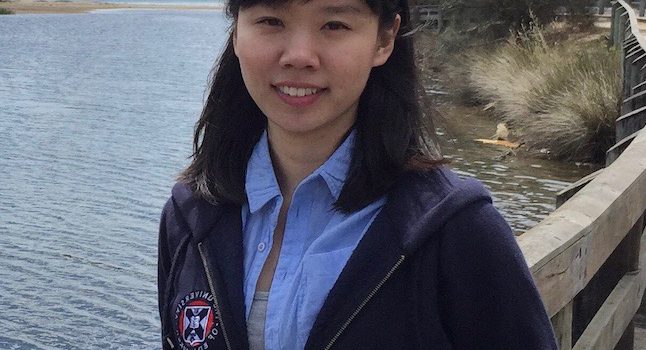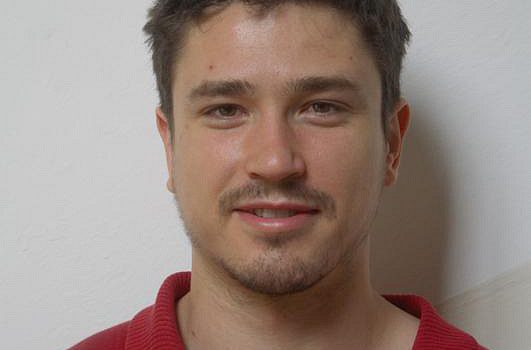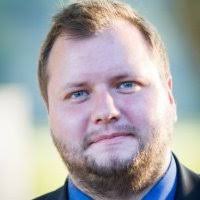
The next CITI seminar will take place on September 27th, at 9.30am in the margin of Yuqi PhD defense. This seminar entitled “Machine- and Deep-Learning for Beam Selection in Hybrid Analog Beamforming Architectures” will be presented by Carles Antón-Haro from Telecommunications Technological Center of Catalonia.
Titre : Machine- and Deep-Learning for Beam Selection in Hybrid Analog Beamforming Architectures
Abstract : This talk deals with the application of deep learning (DL) and machine learning (ML) techniques to beam selection problems in the uplink of a mmWave communication system. Specifically, we consider a hybrid beamforming architecture comprising an analog beamforming (ABF) network followed by a zero-forcing baseband processing block. The goal is to select the optimal configuration for the ABF network based on the estimated AoAs of the various user equipments. To that aim, we consider (i) two supervised machine-learning approaches: k-nearest neighbors (kNN) and support vector classifiers (SVC); and (ii) a feed-forward deep neural network: the multilayer perceptron (MLP). Computer simulations reveal that, for a well-designed codebook of analog beamformers, this task can be effectively accomplished by such data-driven schemes. Performance, in terms of sum-rate, is very close to that achievable via exhaustive search, in particular for the MLP.
Bio : Carles Antón-Haro received his PhD degree in Telecommunications Engineering from the Technical University of Catalonia in 1998 (cum-laude). He also holds a Master in Business Administration (MBA) from EADA Business School (2014, Best Final Degree Project Award). In the pursuit of his PhD degree, he was a recipient of scholarship granted by the Dept. of Universities and Research of the Generalitat de Catalunya (1995-1998). As a Research Assistant (1994-1998, UPC) and Research Associate (1998-1999, UPC), he participated in several EC Projects (Tsunami, Tsunami II, Sunbeam), as well as in other projects funded by the Spanish government. He was Teaching Assistant in the field of Computer Architecture (UPC 1994, UOC 1998-2012). In 1999, he joined Ericsson Spain, where he participated in two rollout projects of 2G and 3G mobile networks (2000, Regional Coordinator).
Currently, he is with the CTTC, where he works as a Director of R&D Programs and Senior Research Associate. Main duties, in addition to his daily research activity, include the overall coordination of CTTC’s participation in publicly-funded R&D projects and technology transfer projects, networking activities towards the establishment of strategic alliances with the industry and academia, monitoring of R&D funding programs and identification of new opportunities, and interaction with CTTC’s Scientific Committee in what concerns R&D programs. In the past, he was also in charge of the recruitment of human resources at the CTTC, and he defined the internal processes in relation with CTTC’s project portfolio. Since 2001, he has promoted or coordinated over 60 R&D projects or proposals and has been directly involved in some of them (P2P SmartTest, NEWCOM#, EXALTED, eCROPS, ADVANTAGE, WINNER, to name a few). He is an elected member of the Steering Board of the Networld2020 European Technology Platform since 2009 (formerly known as Net!works).
His research interests are in the field of signal processing for communications, this including radio interface design, multi-user MIMO, wireless sensor networks, opportunistic communications, link layer protocols (MAC, H-ARQ); and estimation theory with emphasis in state estimation for Smart Electricity Grids. He has published +20 technical papers in IEEE journals, books and book chapter; as well as +80 papers in international and national conferences. He is a recipient of the 2015 Best Paper Award of the Transmission, Access, and Optical Systems (TAOS) Technical Committee’s (Green Communications Track, ICC). He has supervised four Master Theses and five PhD Theses (two in progress). He has also acted as a reviewer of project proposals for various (inter)national funding agencies (e.g., ANEP, AGAUR, MIUR, ANR, ANVUR) and takes part in PhD Evaluation Committees on a regular basis.

